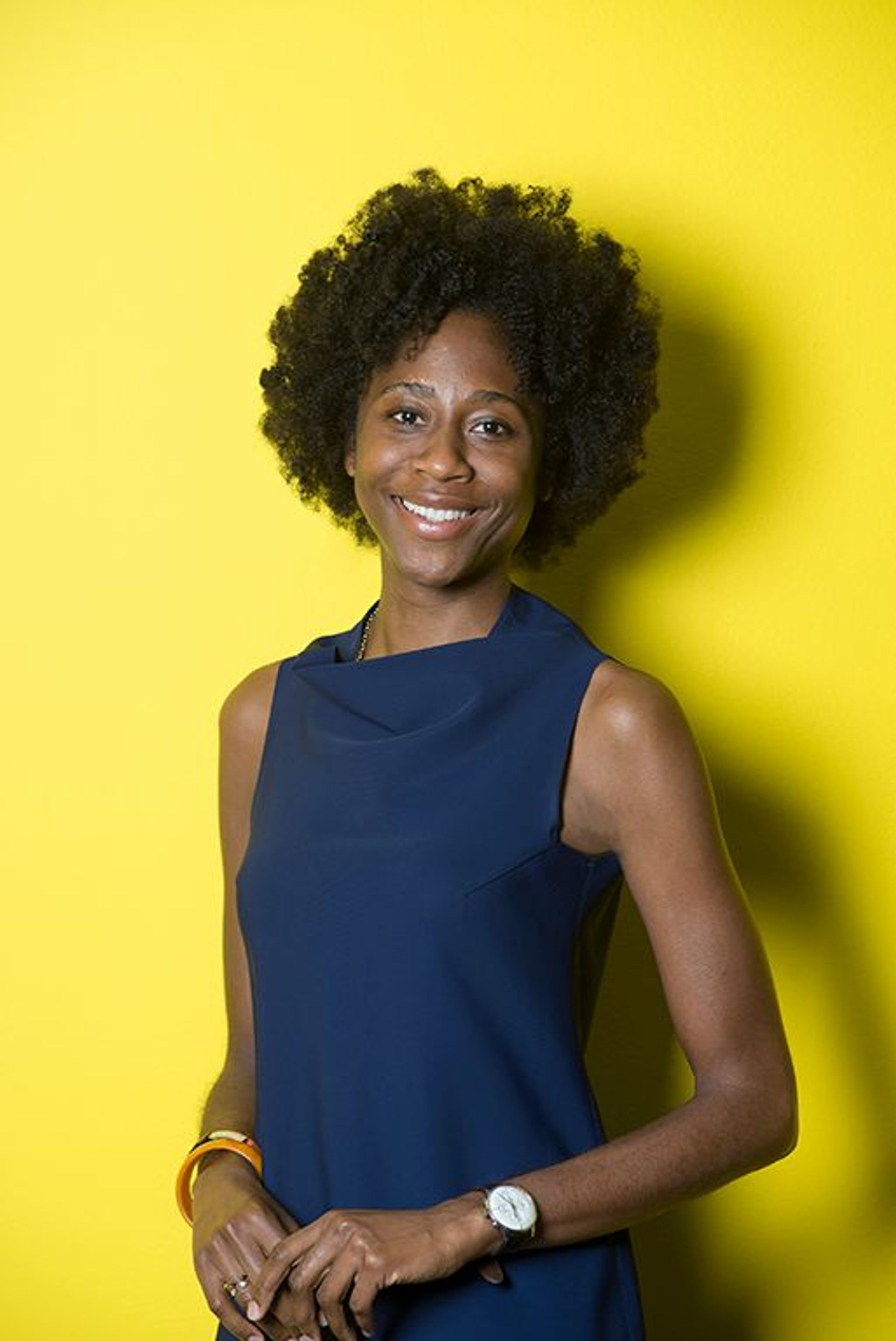The long-awaited Guggenheim Abu Dhabi will open in five years, said the institution’s director Richard Armstrong at a press briefing held today in Basel. “We think it should be five years from next week,” he said, adding that he is due to visit the Middle East shortly. “It looks like everything is coming together so we can say something definitive. It has been a relatively long gestation,” he said. The Guggenheim Abu Dhabi, an outpost of the Solomon R. Guggenheim Foundation, was first announced in 2006.
The Frank Gehry-designed museum, which would be the Guggenheim’s biggest space at around 320,000 sq. ft, was initially due to open in 2012 and then in 2017. “Our building is challenging; it will be his big, late masterpiece,” Armstrong said, referring to Gehry’s design. The waterfront space is part of a cultural complex on Saadiyat Island overseen by the Emirati government-owned Tourism Development & Investment Company.
“We’ve had a very active acquisitions programme [at the Guggenheim Abu Dhabi] for about 12 years now in the region and globally; it’ll be a museum that looks at the whole world from 1965,” Armstrong added. There are about 600 works in the collection, some of which are on an “heroic scale”, he said.
Armstrong meanwhile described the effects of the pandemic on the Guggenheim as a whole. “Even though it was painful in many ways, including people being put on furlough for a bit, and other people having reduced salaries… it became a time of change and adaptation at the museum and I have a feeling this may have been true at museums in Europe for different reasons. In any case, we have survived. I think we’ve come out as a better institution that is looking more to the future,” he said.
In August 2020, the Guggenheim unveiled a two-year plan to improve its recruitment and hiring practices, seek a more diverse board of trustees, acquire more works by minority artists and connect with a broader audience. Among its other commitments were hiring a senior manager to act on those goals, expanding its internship programme to include more students of colour and starting an anti-racism conversation within the museum across departments.
Armstrong provided an update, saying that the Guggenheim recently appointing the institution’s first chief culture and inclusion officer, Ty Woodfolk. “We have begun to demonstrate a new attitude towards the employees; now the longer project is to change people’s attitudes and their working methods,” he said.
The trustees agreed with the aforementioned plan and are themselves “operating within the changed environment… they have changed who is in the room with them,” Armstrong adds. New committees also address diversity issues and the “complexity of the collection”, he said, focusing on issues such as gender balance and the “equity of investment”.

Naomi Beckwith, the deputy director and chief curator at the Solomon R. Guggenheim Museum Nathan Keay © MCA Chicago
Naomi Beckwith was appointed deputy director and Jennifer and David Stockman chief curator in January. Beckwith, who was born and raised in Chicago, was originally training to be a doctor but “made a left turn on science into art history”, embarking on postgraduate studies in American art at the Courtauld Institute of Art in London. Working at the Studio Museum in Harlem proved pivotal, because it “represented the core of thinking around artists and the African diaspora”, she says
Joining an infrastructure with a global imprint, such as the Guggenheim, appealed to her, enabling her to consider how “we can re-centre where the stories of art are told”. Armstrong outlined how he persuaded Beckwith to join the Guggenheim, saying he began a long “telephone courtship” every Sunday with the former senior curator of the Museum of Contemporary Art Chicago (MCA).
The future programme at the Guggenheim in New York includes exhibitions dedicated to Wassily Kandinsky, the Beirut-born artist Etel Adnan and the British artist Gillian Wearing. A survey will be dedicated to the US artist Alex Katz in 2023. In terms of Beckwith’s contribution, she said to “watch this space, we’ll be saying something sooner rather than later… we’re really seeing clearly a kind of ‘look again’ at the Guggenheim’s core history”.
UPDATE (29 September): The Department of Culture and Tourism – Abu Dhabi (DCT Abu Dhabi) has announced that the Guggenheim Abu Dhabi is on track for completion by 2025. Further details regarding the building design have also been announced—the museum will house 28 galleries with 23,000 square metres of exterior exhibition spaces in the cones and terraces circling the building. The museum will also incorporate art education facilities, a 230-seat theatre and a conservation laboratory.


